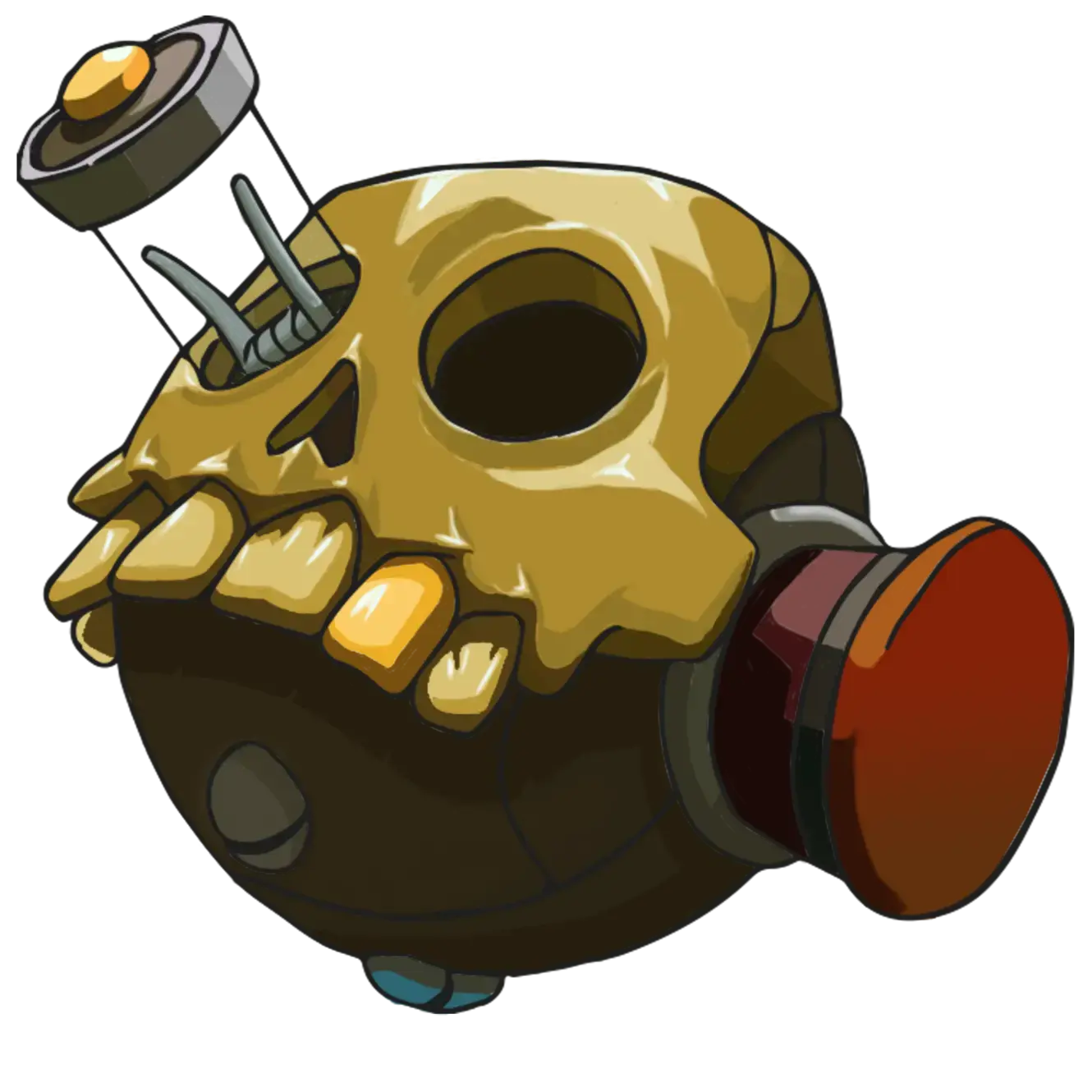Will be installing either Mint or Pop_OS on a new laptop which has a 512gb SSD. Will keep Windows for gaming, at least for now, with the games installed on an external HD. But otherwise, this is to experiment with living in Linux.
I understand that I can unallocate HD space from Windows in order to make room for the LInux OS, leaving at least 25 or 30gb for the Linux OS itself.
Do I then extend that space further, so to speak, to allow for any other programs I might install as well as for data? Do I create a third partition for data that will be shared between the two OS?
What’s a reasonable breakdown?
e.g.
Windows 100gb; Linux 400gb or
Win 100gb; Linux 30gb; Data (NTFS) 370gb?
Also, I’d say install Windows first, then Linux. Windows assumes it’s the only OS in the universe and tends to steamroll over the whole boot setup, so I’ve found it much easier to just let Windows do whatever it wants first, then fix it with Linux afterwards.
I know this is not an answer to your question, but I’ve found everything to be immensely easier with a second drive. I’ve screwed my pooch before!
This is my comment. 2 drives and you won’t have to worry.
This is with a laptop. So one would have to be on an external drive. That wouldn’t slow it down?
It would slow it down a bit depending on USB 2 or 3, HDD or SSD and such. But, allowing each OS to have its own boot partition on its own drive usually prevents Windows from overwriting your linux boot. Solves some big dual boot headaches.
deleted by creator
I would check out your laptop, especially if it’s somewhat new. I have one that is dual booting from an M.2 NVMe drive and a SATA SSD. Even if it didnt, I have easy panels that pop off when I wanted to swap.
Default boot to Linux! I had dual boot set up for years and never actually booted into Linux. Once I changed the default to Linux I never booted into windows again (and eventually deleted that partition)
windows can and will destroy your bootloader at least once, show it no mercy
Not if you destroy its bootloader first😈
Keep a minimum of 30GB free, for Windows update processes on the windows system partition. I don’t how much the windows installation counts in space, but add that to the 30gb free space. I would recommend to have a extra partition for the games on NTFS and move your steam, epic, ubisoft, whatever library to that partition.
I have tried to use the same gaming partition between Linux and Windows, but failed every time. In the worst case this can alter your Windows privileges. At least I had this issue.
Currently I’m using Windows only for 2 games: Space Engineers and Empyrion. The rest works with better performance on Linux. Satisfactory, Ark survival, Elder Scrolls Online have more FPS on Linux with the same settings. I have to use a nvidia 1050 Ti in my laptop. With a AMD GPU the situation is a lot better on Linux.
I’m not a hardcore gamer, mostly im coding here and there. But sometimes gaming is a must have.
Space Engineers is such a good game
I was going to put games on an external hard drive, at least for Windows side. Maybe I should also partition the external HD and have an ext4 formatted partition for when I decide to game on the Linux side?
Yes. Because some games work only with proper privileges. This can get complicated on NTFS.
Thank you!
If you plan on using windows only for games and absolutely nothing else then there isn’t much of a point in making a shared partition between the two OS’es. Just keep them separate, to each partition its own. (So your first example win 100gb, Linux 400gb is what I personally would go with)
Many people do dual drives, but if you install linux second and it is a distro thay uses grub with probe foreign OS them you don’t really need two drives. make space on windows drive, in the linux installer create another boot partition, root and home. You set bios to boot Linux grub. Grub will launch and give you linux or choice to chainload to Windows. Windows is unaware it is getting kicked off by grub so the Windows and Lunux boot partitions leave each other alone. i can’t vouch for every distro letting you setup like this but this is how my OoenSUSE has been since 2017
Windows: 150GB. Linux: 100GB. The rest: Data.
And don’t forget to disable hybrid shut down in Windows.
What about swap space? Is that still a thing?
Zram is really neat.
That is a good option as well, but for experienced users only and only if you have a lot of RAM and a UPS (or on a laptop with a working battery). Otherwise, power failiures mess that thing up.
You can make a swap file on the main partition where Linux is installed, that’s not a problem.
Nice,. thank you. And ntfs for the data format is what I’ve understood to use
NTFS is the standard for Windows. Nowadays Linux can handle reading/writing NTFS pretty well, but you should probably use the very established ext4 or maybe btrfs for its partition.
For Linux, if you’re a beginner, EXT4. Experienced users - BTRFS.
And ntfs-3g is even better at writing on NTFS than Windows is. There are fragmentation examples online, Windows makes a fragmented mess while ntfs-3g takes great care regarding fragmentation. Plus reads/writes a lot faster than Windows does.
Yep, use NTFS. You can access it in both Windows and Linux. You’ll need to install ntfs-3g in Linux. It comes bundled in most mainstream distros, but just in case.
I just did this with my desktop pc when I added a second drive for additional storage. Instead of using it as additional storage for windows like I initially intended, I decided to dual boot with Mint on the second drive.
So far, I haven’t had any issue with gaming on Mint, either! Granted, most of the games I play are through Steam and either work with Proton or are native Linux to begin with. I did install a few games with Lutris, though, and works fine so far. Sea of Thieves, Astroneer, Slay the Spire, Deep Rock Galactic, are all working out of the box.
Only thing I haven’t attempted yet are multiplayer games with active anti-cheat, like LoL or CS:2. If those are the sorts of games you regularly play, you’ll probably be better off in the Windows partition/drive, but have fun experimenting in Linux!
Main game rn is BG3. And ofc want to get back into playing modded Skyrim. There are definitely other, pc only games that are on my list, coming from a Mac. But nothing like LoL or CS:2
Looks like there are a few issues with BG3, but will probably be smoothed with time.
At least according to ProtonDB
Definitely worth keeping access to a Windows machine if able, but doesn’t seem like it’s impossible without.
I plan to look into this ofc, but if the games are on an external hd, would Linux use the same files as Windows? I.e. you don’t need two copies of the game so long as it’s on a format like NTFS that both can read? Was wondering whether to partition the external HD to have a Windows side and then a Linux side, with the latter formatted to ext4
In theory you should be able to do that! I think Proton has some issues with NTFS, mostly when installing or updating, but with a little research and tweaking you should be able to get it to run smoothly. I opted to keep them fully separate and just installed certain games twice, but am also using this as a test run before diving into full daily driver Linux when I build a new system in the spring, so longevity of my storage drives wasn’t a concern.
I think that’s where I’m at, too, where I don’t mind have to re-do certain things down the road if I switch approaches or commit to a certain direction
Sound great and I went the same way for a while. Just be aware that steam on Linux can have issues with ntfs partitions. So I also went the the two drive route, much less of a headache.
Just out of curiosity, if the games are on an external hard drive with a different format does that skirt the issue between Linux steam and ntfs?
External drive as in via USB? You folks must have had better experiences than I, because I have absolutely zero faith in the USB interface.
Here are some of my tips for a stable dual boot:
-
Always install windows 1st, it has a change to fck up the Linux bootloader if you install it after Linux.
-
Make a separate home partition in Linux. Even through your best efforts, windows update can and does break other bootloaders from time to time, making a separate home partition allows you to avoid the pain of either wasting hours trying to recover your bootloader or losing all of your data on the root partition if windows fcks it up.
-
Use a customized version of windows that has updates set to security only. You can use something like ReviOS or Atlas or ChrisTitus’s windows debloater to set updates to security only by yourself.
-
If possible, install windows and Linux on separate disks. This is not strictly necessary but I’ve found out that the 2 OSs play much nicer with 1 another if they are on separate physical disks.
Hope this helps!
I appreciate the tips, thank you. When you mention making a separate home partition in Linux: my understanding is that we unallocate hard drive space from Windows and, when we first install Linux, it will use that free space to make its own partition. Are you referring to another step, beyond that?
No, no, most Linux installers have the option to separate /home into it’s own partition, because yesz you can put the /home directory on a separate partition and just mount it to /home on boot.
I looked into this little bit.
So on a 512gb hd an e.g. breakdown:
Windows 150gb
Linux / 30gb
Linux /home ? 70gb
Data (nfts format, shared with both os) 262gb (or whatever is actually left over)(I’ll have an external HD for games)
Yep, smth like that, I’d make /home like 90gb personally, but 70 is also fine. Also beware, format your external drive as exFAT, not ntfs. Linux can run games from an ntfs partition, steam cannot (it’s been an issue for a while)
Huh. I was going to have an external HD for games with two partitions: a larger one for PC, formatted in ntfs, and a smaller one for Linux, for if I want to try gaming with it, and formatted in ext4. You’re suggesting that both should be in exfat, instead?
My opinion. Keep it simple and don’t use a separate partition for home. You never know which directory will be larger (home or root). Just keep a live USB handy so that you can repair the bootloader or fstab or whatever config that got messed up. Keeping a separate partition is not that helpful because even if you mess up, you can easily access your data within the same partition using a live USB.
You’re keeping a common NTFS partition so my advice is to store everything there (downloads, documents, media files) unless it specifically requires a linux filesystem (like app images). So whatever will be left in your linux partitions will be smaller, both in size and number, so you can take a backup easily in case your OS doesn’t boot.
I appreciate the input, thank you. When you say live USB, is it one that contains the original data used to create the distro — like, e.g. what I’d download from Mint? Or do you mean to just copy the whole LInux partition (given that it’s small enough) onto a USB?
LiveUSB means a usb stick from which you can boot linux temporarily (in case of Ubuntu LiveUSB, the option says something like “try Ubuntu before installing”) and which also provides you an option to install/reinstall the OS.
You can boot from a USB like that and still access and manipulate files on your SSD/HDD.
No hard requirement for it to be the same distro that you have installed, just convenient in case you want to reinstall.
-
Started dual booting Pop a few weeks ago, kept Windows for gaming for the same concern, but if you’ve got the major of your games in stream, Proton really is amazing. Had 0 issues with any game so far.
Check out Protondb and see if your current games are supported or not.
Once I’m 100% comfortable with Linux again I’ll probably bin of windows forever.
I already had a Windows install so letting Windows manage the bootloader seemed easier as I know it can cause issues if it thinks it’s not the OS as others have said.
All my games are off steam currently lol. I’m hearing the collective message of how feasible Linux is for gaming, tho
Keeping windows is also an “in case” measure because I’m ignorant with both OS, at this point: in case some use case comes up where having Windows is easiest to get something done. My goal is to keep to Linux as much as possible. Purely because I want to become familiar with it











